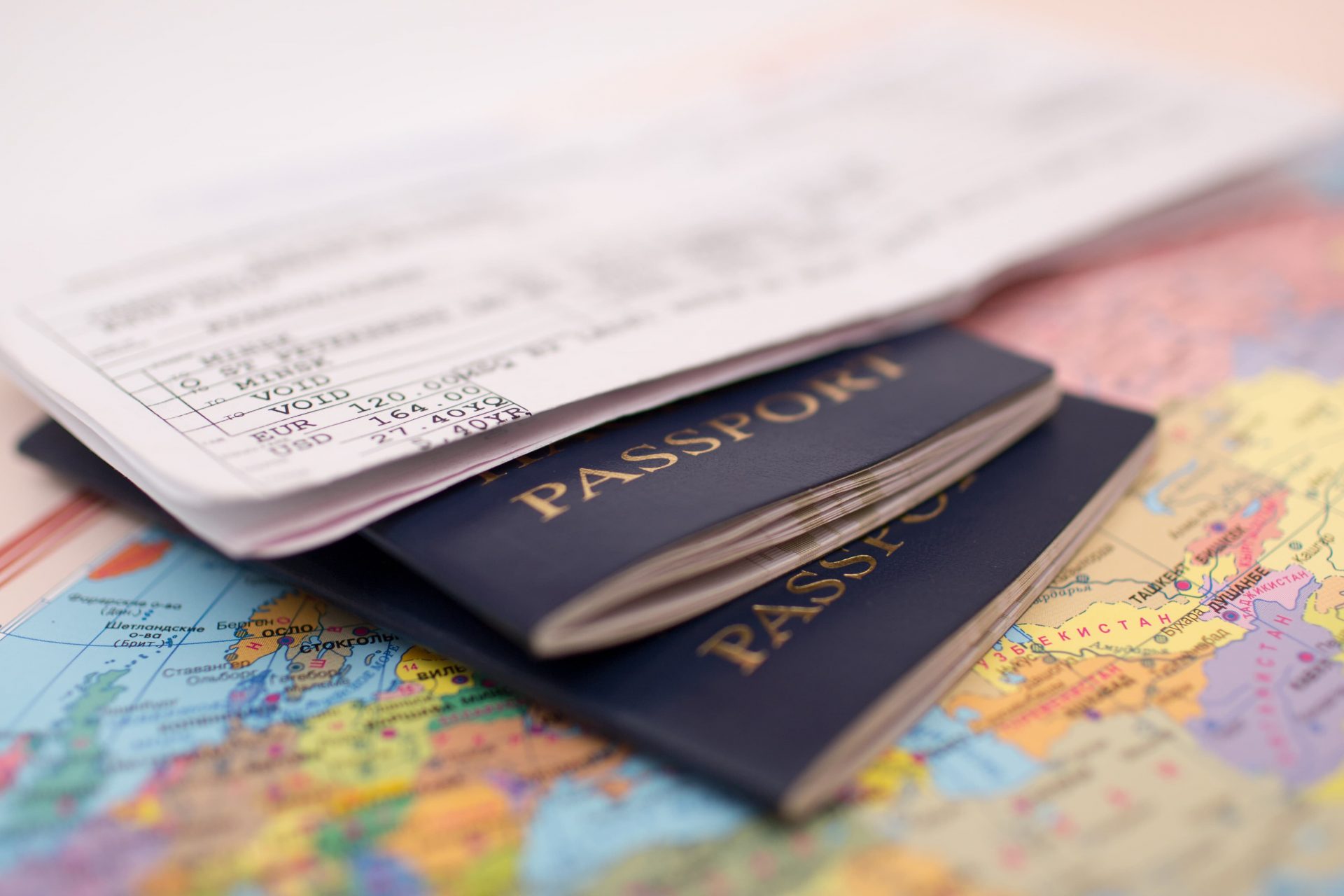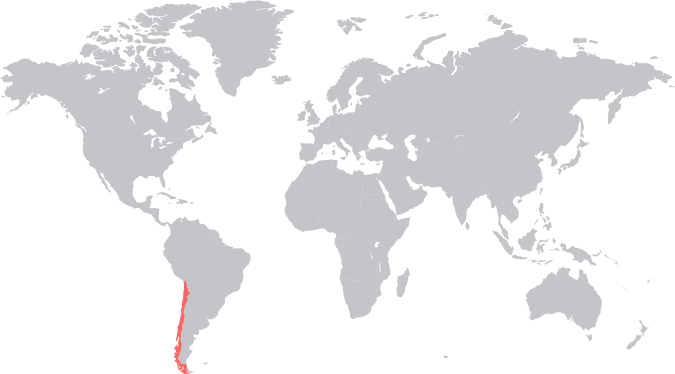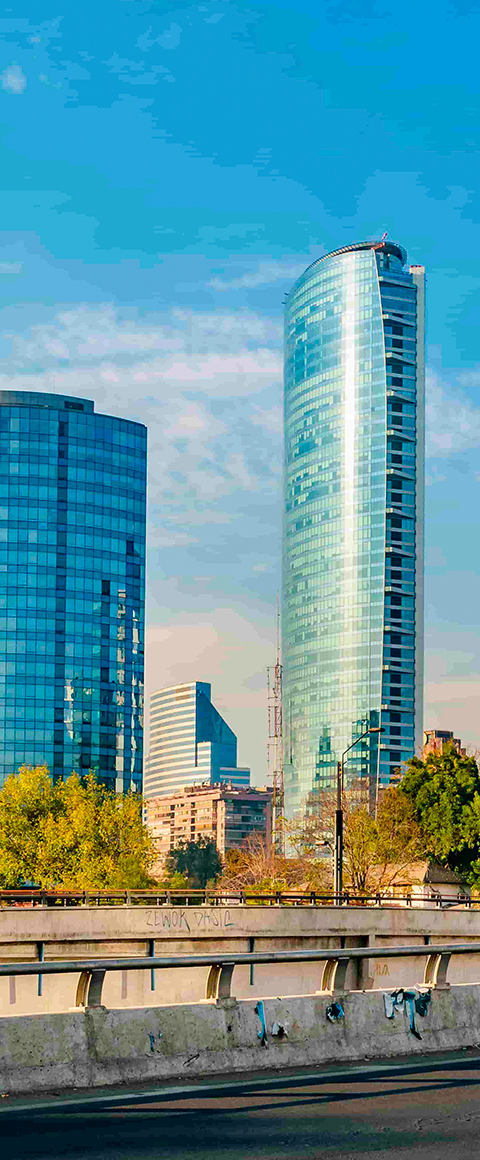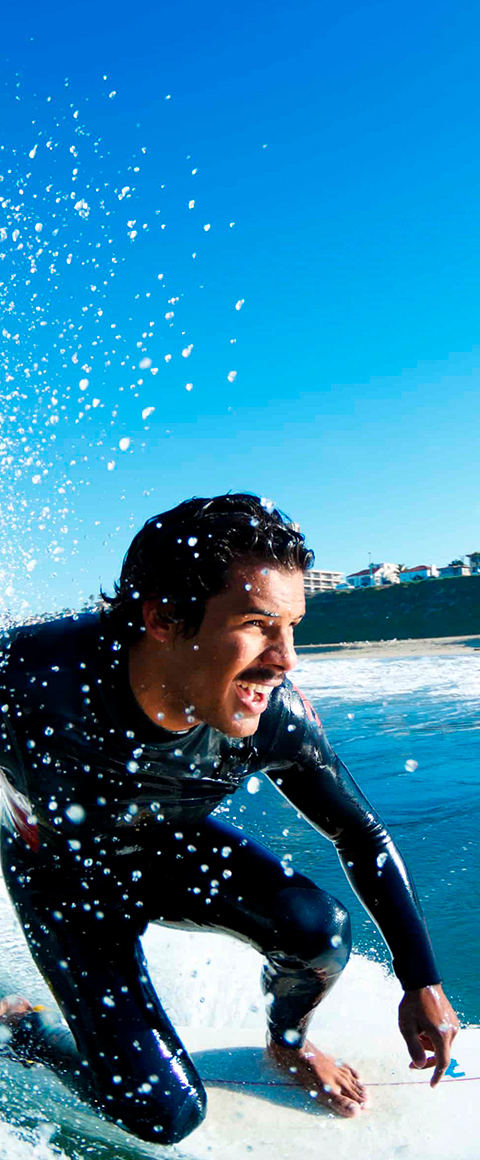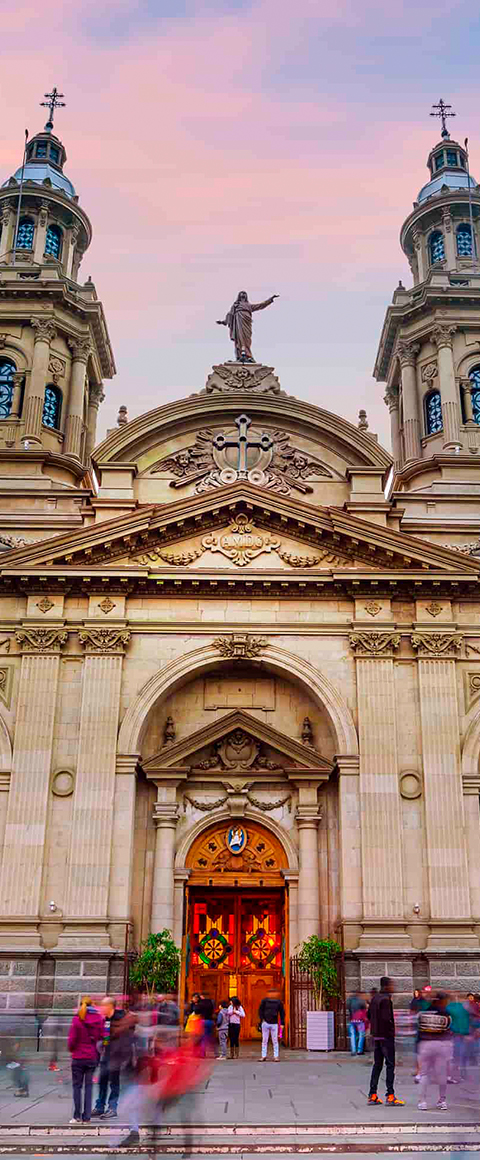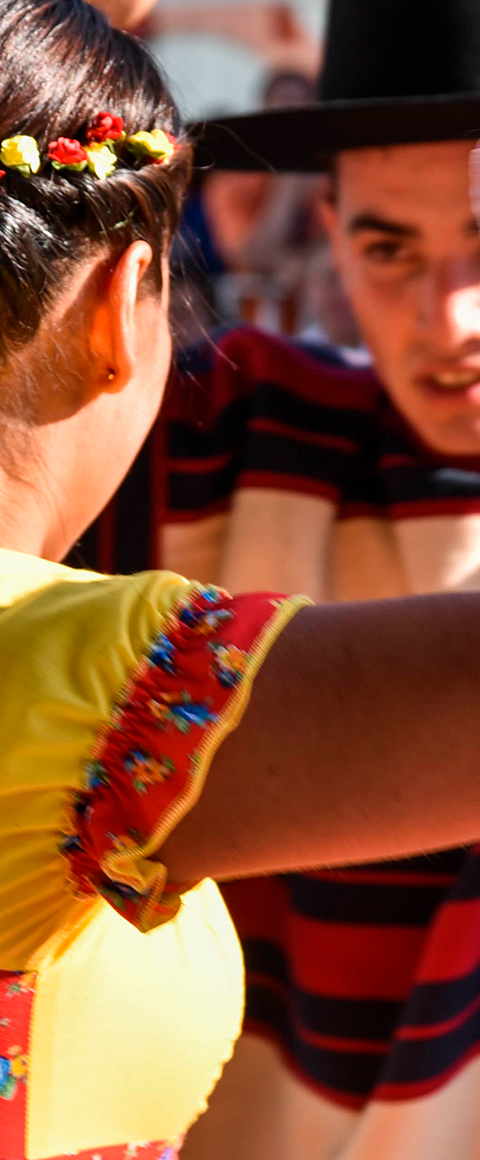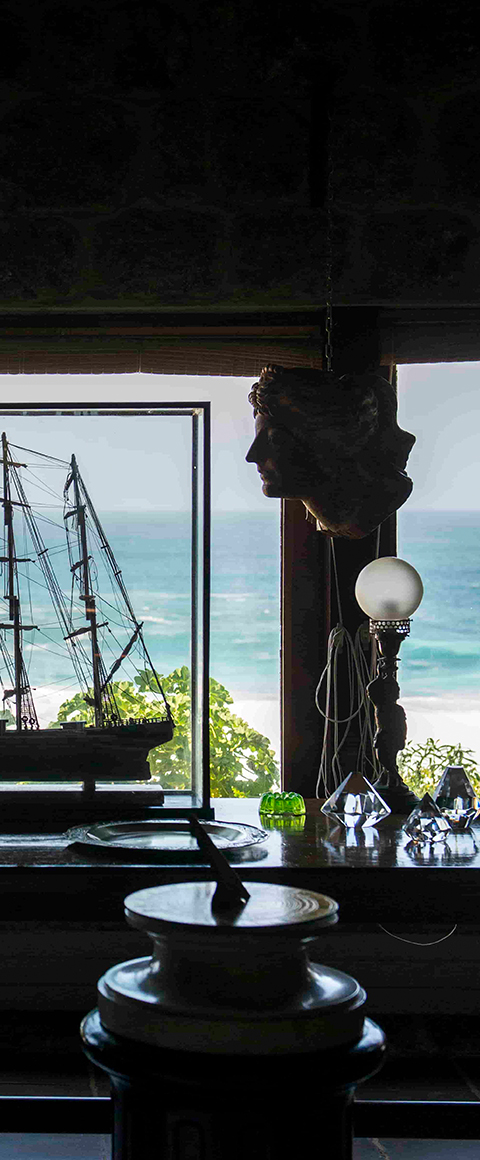Did you know that Chile is a tricontinental country? Whether you are looking for tips to plan your trip or you are interested in learning more about Chile’s history and culture, here are some facts to help you learn a more about the world’s longest and thinnest country.
Prepare for an adventure without precedent!

















